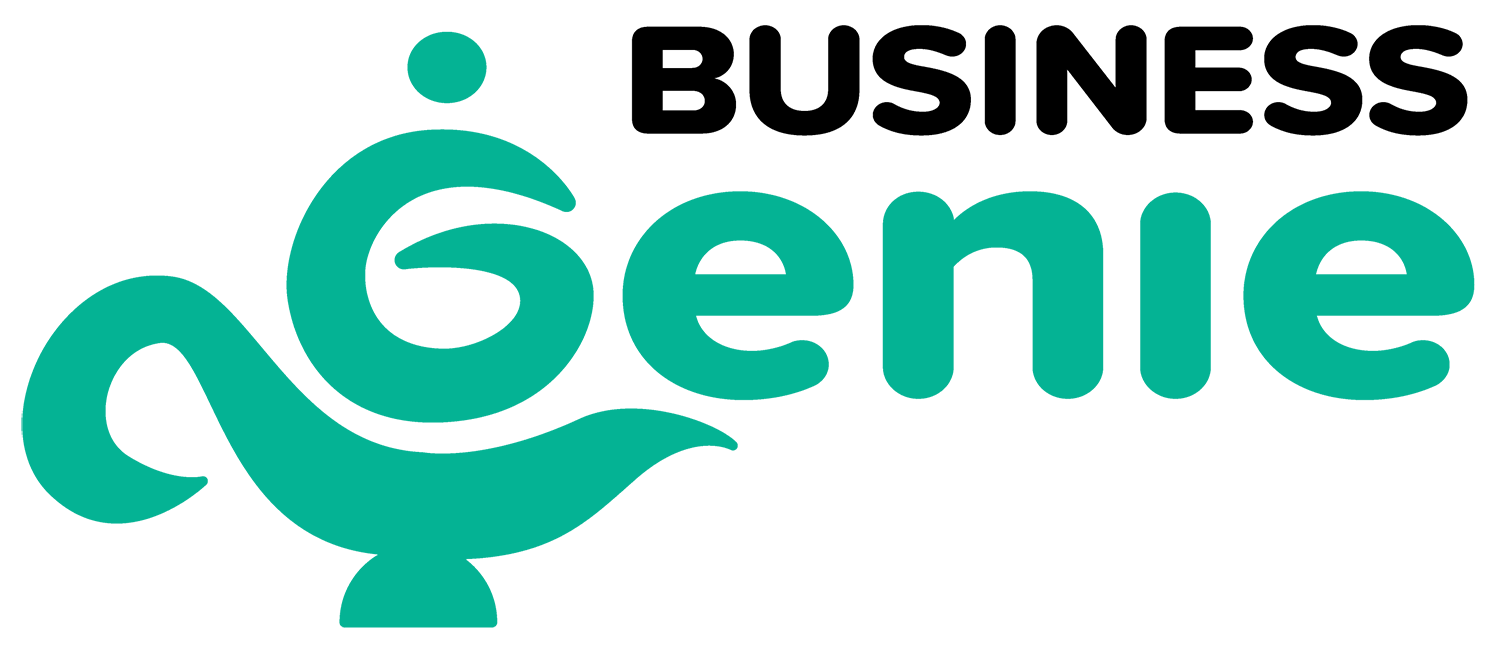To help you decide, here’s a clear breakdown of how leasing and buying compare in key areas.
Upfront Costs
Leasing: Leasing generally requires a lower upfront payment, making it easier to drive away in a new car without a large deposit.
Buying: Purchasing a car, whether outright or through financing, typically means higher initial costs, including a down payment and potential loan fees.
Ongoing Payments
Leasing: You’ll make monthly lease payments for the term of the contract, but you won’t necessarily own the car. Once certain leases end, you either return it or start a new lease.
Buying: Loan repayments may be higher, but after the loan is fully paid, the car is yours, giving you the advantage of ownership and no future monthly payments.
Loss in Value
Leasing: Since you don’t own the car, the loss in vaue isn’t your concern. You simply return the vehicle at the end of the lease term.
Buying: Cars lose in value as soon as they leave the dealership. This affects resale value.
Upgrading
Leasing: Leasing makes it easy to switch to a new model every few years. Perfect if you enjoy having the latest features and technology.
Buying: To upgrade, you’ll need to sell or trade in your current car, which may take time and negotiation.
🛠️ Modifications
Leasing: Custom modifications aren’t allowed because the car must be returned in near-original condition.
Buying: Ownership gives you freedom to personalise your car, whether it’s upgrading the sound system, adding tint, or customising the exterior (as long as it’s legal).
Repairs and Maintenance
Leasing: Many leases cover routine maintenance and certain repairs, especially during the warranty period.
Buying: Once the warranty expires, all maintenance and repair costs are your responsibility.
Business Asset Value
Leasing: A leased car isn’t your asset—it belongs to the leasing company.
Buying: A purchased vehicle is recorded as an asset on your books, which can provide potential tax benefits if used for business purposes.
If You No Longer Need the Car
Leasing: Ending a lease early can be expensive. You may still owe payments even if you no longer need the vehicle.
Buying: If you own the car, you can sell it at any time and recover part of your investment.
Financial Considerations
Leasing: Approval can be more difficult if you have poor credit. You’ll also need to keep the car in good condition to avoid end-of-lease fees.
Buying: If your car is used as loan collateral, missing payments could lead to repossession.
Quick Comparison: Pros and Cons
| Leasing | Buying |
| ✔ Lower upfront cost | ✔ Full ownership after loan is paid |
| ✔ Easy upgrades every few years | ✔ Freedom to modify |
| ✔ No worries about loss in value | ✔ Can be claimed as a business asset |
| ✔ Some repair coverage | ✔ Flexibility to sell anytime |
| ✖ No ownership | ✖ Higher upfront costs |
| ✖ No modifications allowed | ✖ Responsible for all repairs |
| ✖ Long-term costs can add up | ✖ Loses value |
| ✖ Less flexible if needs change | ✖ Risk of repossession if loan unpaid |
If you prioritise flexibility, lower upfront costs, and frequent upgrades, leasing might be the better option. But if you’re focused on long-term value, ownership, and freedom to customise, buying could make more sense.
Still unsure which path suits you best? 🤔
At Business Genie, we’re here to help you make confident, informed financial decisions. Chat with us for free today and find out which option works best for your goals.
